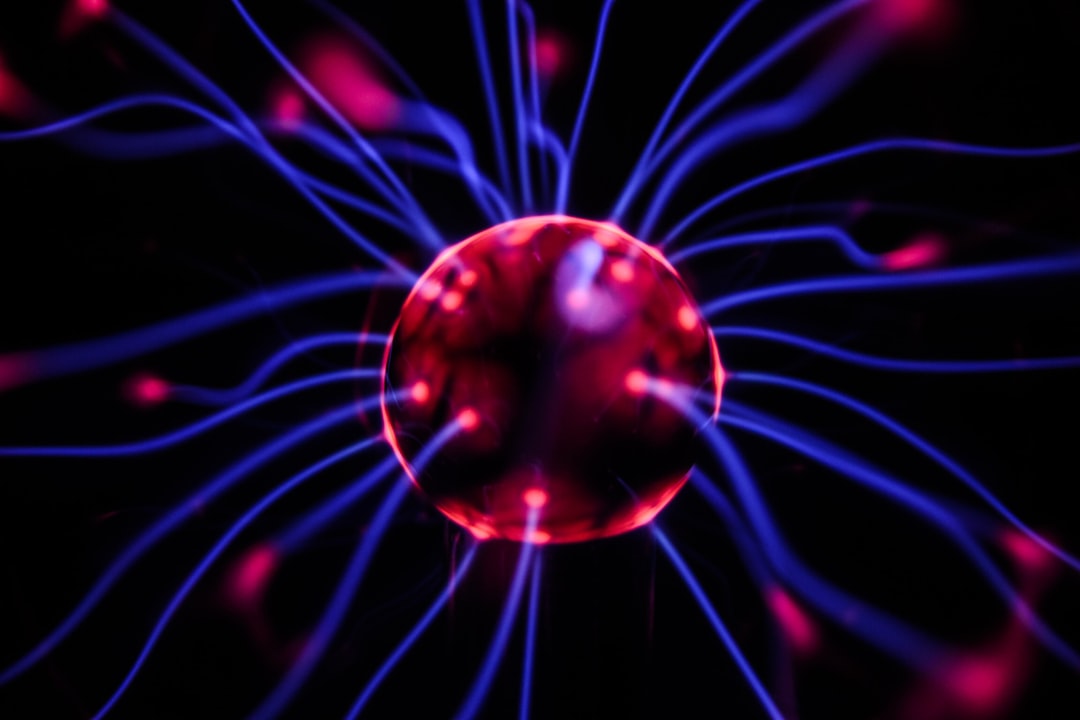What is it about?
Different excited states located on the same chromophore can behave surprisingly independent of each other when the interconversion between them is mediated by high energy barriers. Using ultrafast transient absorption spectroscopy we were able to observe, in real time, two different excited states located on a {Ru(tpy)} chromophore, undergoing different reaction pathways, namely energy transfer and electron transfer. Wave function symmetry provided the spectroscopic tools that allowed for the resolution and identification of the different excited states. This behaviour is a consequence of the poor electronic communication and high energy barriers between different excited states located on the same chromophore.
Featured Image

Photo by Vincent van Zalinge on Unsplash
Why is it important?
In solar energy conversion, the excited states of a chromophore undergo undesired dissipation pathways after photon absorption, such as internal conversion from high-energy to low-energy excited states prior to electron or energy transfer. This hampers conversion efficiencies, and is a consequence of low energy barriers for the interconversion of excited states. Therefore, it is usually regarded as an intrinsic limitation of every chromophore, hard to overcome. Our results provide a potential solution for this issue. If we learn how to manipulate the interconversion barriers, we could prevent undesired dissipation pathways in solar energy conversion, making use of the full potential of sunlight to generate electricity or high-energy chemicals.
Perspectives
The concept of excited state engineering based on energy barriers, together with careful molecular design intended to provide with wave function symmetry specific spectroscopic hallmarks, can be synergistically integrated to any energy conversion scheme. We believe that this strategy, whose potential has not been yet fully developed, will contribute to the advance of solar energy conversion.
Alejandro Cadranel
Friedrich-Alexander-Universitat Erlangen-Nurnberg
Read the Original
This page is a summary of: Bifurcation of excited state trajectories toward energy transfer or electron transfer directed by wave function symmetry, Proceedings of the National Academy of Sciences, January 2021, Proceedings of the National Academy of Sciences,
DOI: 10.1073/pnas.2018521118.
You can read the full text:
Contributors
The following have contributed to this page










